Understanding Erosion Control Costs
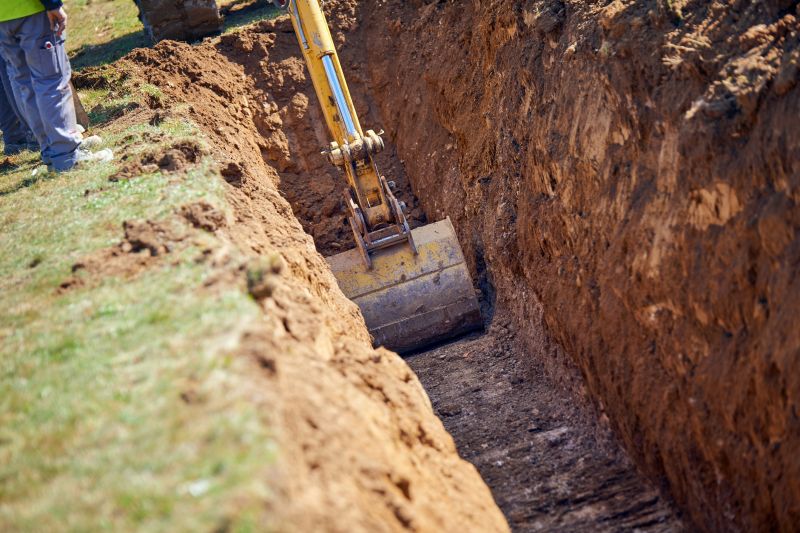
Larger sites typically require more materials and labor, increasing overall costs.
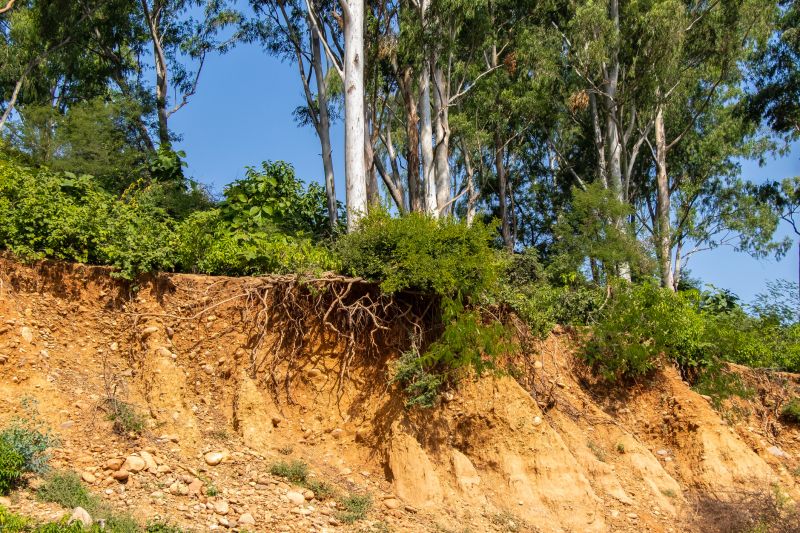
Steep slopes and unstable soils necessitate specialized erosion control methods, impacting expenses.
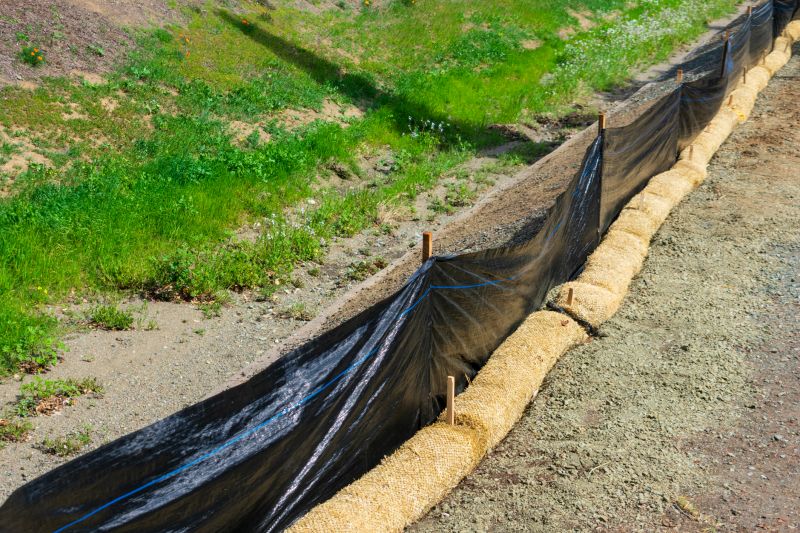
Choosing between silt fences, geotextiles, or vegetative solutions influences the total cost.
| Factor | Estimated Cost Range |
|---|---|
| Site Preparation | $1,000 - $5,000 |
| Erosion Control Materials | $2,000 - $10,000 |
| Installation Labor | $3,000 - $15,000 |
| Maintenance and Monitoring | $500 - $2,500 per month |
| Slope Stabilization | $4,000 - $20,000 |
The cost of erosion controls varies considerably based on project specifics. Site size and terrain complexity are primary factors, with larger or more challenging sites requiring increased investment. Material choices also influence expenses, with options like biodegradable mats or synthetic fabrics differing in price. Proper planning and assessment of site conditions can help optimize costs while ensuring effective erosion management.
Additional factors such as ongoing maintenance, monitoring, and specialized stabilization techniques contribute to the total expenditure. Budgeting for these elements is crucial to maintain erosion control effectiveness over time, preventing costly damages and ensuring compliance with regulatory standards.
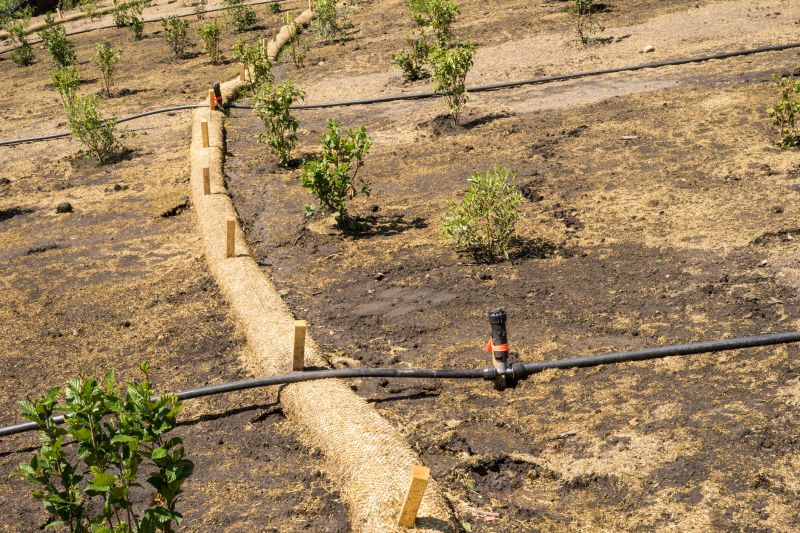
Prices for barriers like silt fences or hay bales range from $500 to $2,500 depending on length and material quality.
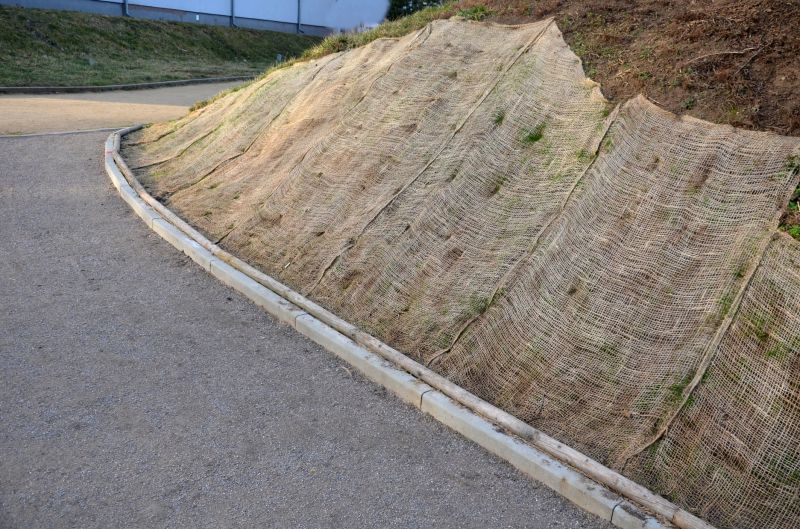
Planting and establishing vegetation can cost between $1,000 and $5,000 per acre.
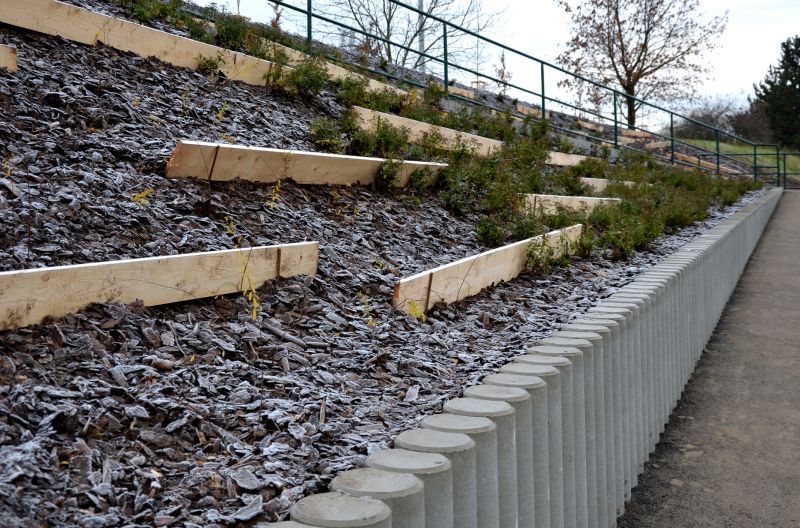
Methods such as retaining walls or geogrids typically range from $4,000 to $20,000 based on complexity.
| Service | Average Price Range |
|---|---|
| Silt Fence Installation | $1,000 - $3,000 |
| Erosion Control Matting | $2,000 - $6,000 |
| Hydroseeding | $1,500 - $4,000 |
| Sediment Basin Construction | $5,000 - $15,000 |
| Slope Reinforcement | $3,000 - $12,000 |
| Vegetative Cover Establishment | $1,000 - $4,000 |
| Drainage Channel Installation | $2,500 - $8,000 |
| Erosion Control Blanket | $1,500 - $5,000 |
| Riprap Placement | $4,000 - $12,000 |
| Geotextile Fabric Installation | $2,000 - $7,000 |
The comprehensive costs associated with erosion controls encompass a range of services, each tailored to site-specific needs. Proper selection and implementation of these solutions can significantly influence project budgets and long-term effectiveness. Detailed assessment and planning are essential for optimizing expenditure while maintaining erosion mitigation standards.



